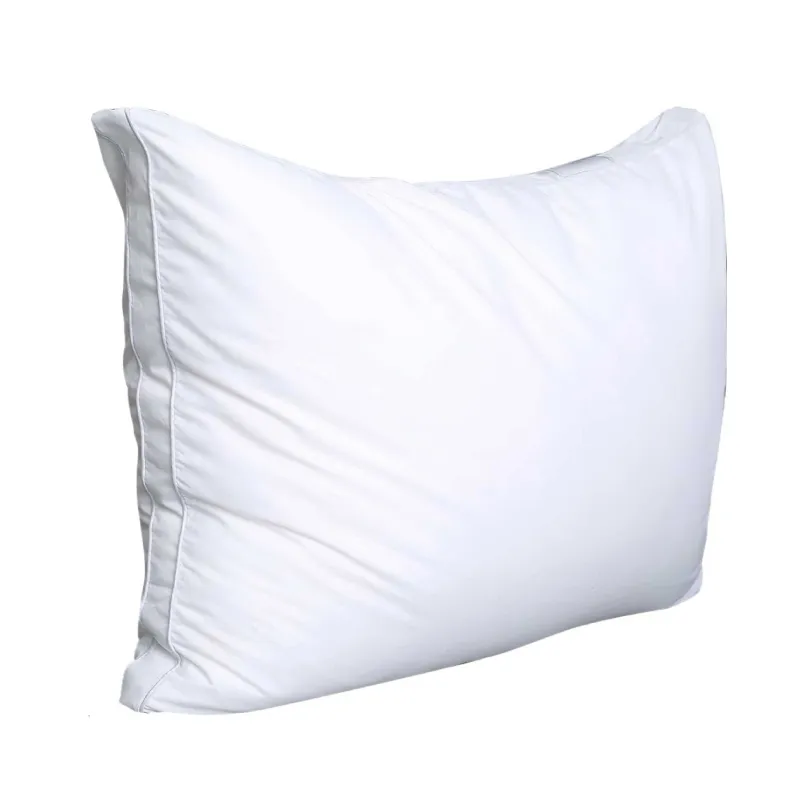wide waterproof fabric
The Wonders of Wide Waterproof Fabric
In the realm of textiles, few innovations have had as profound an impact on both everyday life and various industries as wide waterproof fabric. This remarkable material has become essential in a variety of applications—from outdoor gear and sports equipment to structural coverages and fashion. Its unique properties allow it to repel water while maintaining breathability, making it ideal for demanding environments. In this article, we will explore the features, benefits, applications, and advancements of wide waterproof fabric.
Understanding Wide Waterproof Fabric
Wide waterproof fabric is defined by its capability to provide a robust barrier against water while still allowing moisture vapor to escape. This characteristic is crucial for preventing water from penetrating the material, keeping the wearer or the items covered inside dry, while also promoting comfort by reducing perspiration build-up.
The production of wide waterproof fabric often employs advanced textiles technology, including proprietary coatings and laminations. Most commonly, polyurethane (PU) and polyvinyl chloride (PVC) are used to achieve waterproof properties. These treatments enhance standard fabrics—such as nylon, polyester, and cotton—creating a wide range of choices for consumers and manufacturers alike.
Benefits of Wide Waterproof Fabric
1. Durability One of the most significant advantages of wide waterproof fabric is its resilience. It can withstand various environmental factors, including UV rays, wind, and extreme temperatures, ensuring that products made from it have extended lifespan and reliability.
2. Versatility This fabric comes in numerous styles and weights, making it suitable for diverse applications. From ultralight camping tarps to heavy-duty industrial covers, the versatility of wide waterproof fabric caters to a broad range of consumer needs.
3. Comfort and Breathability Advanced waterproof fabrics are designed to be breathable, allowing sweat and moisture from the body to escape while preventing external water from entering. This feature significantly enhances comfort, particularly in active wear and outdoor gear, where physical activity can lead to overheating.
4. Easy to Clean and Maintain Most wide waterproof fabrics can be easily wiped down or rinsed off, making them low-maintenance options for many applications. This convenience is especially valuable in outdoor adventure gear and protective coverings.
Applications of Wide Waterproof Fabric
wide waterproof fabric

The applicability of wide waterproof fabric is vast, spanning multiple sectors
1. Outdoor Gear Camping tents, tarps, and rain jackets are typically made from wide waterproof fabric. These products must withstand heavy rainfall, making the material's protective qualities essential for outdoor enthusiasts.
2. Fashion The fashion industry has embraced waterproof fabrics to create stylish yet functional outerwear. High-performance raincoats and chic jackets ensure that wearers can face inclement weather without sacrificing style.
3. Industrial Use In industries such as construction, farming, and fishing, wide waterproof fabric is employed for protective covers, tarpaulins, and gear. This fabric provides essential protection against harsh environmental conditions, safeguarding workers and equipment alike.
4. Sports Equipment Whether it's waterproof bags, covers for kayaks, or protective gear for athletes, this fabric plays a crucial role in ensuring performance and protection in various sports.
Recent Advancements in Technology
As technology continues to evolve, so too does the wide waterproof fabric sector. Brands are increasingly investing in eco-friendly materials and production processes, offering sustainable alternatives to traditional waterproof fabrics. Whether through the use of recycled materials or the development of low-impact production techniques, the drive towards sustainability is creating a more environmentally conscious textile industry.
Additionally, innovations in fabric technology, such as enhanced breathability without compromising waterproofing, are continually improving the comfort and effectiveness of these materials. Consumer demands for high-performance fabrics are pushing manufacturers to deliver better, more efficient options.
Conclusion
Wide waterproof fabric stands as a testament to human ingenuity in materials science. Its ability to keep us dry without sacrificing comfort has made it a staple in various industries and a favorite among consumers. As advancements continue to reshape the landscape of textile production, we can expect that wide waterproof fabric will remain a key player in enhancing our daily experiences and protecting us against the elements. Whether you're an outdoor enthusiast, a fashion lover, or a professional in need of reliable gear, wide waterproof fabric is the unsung hero that keeps you covered.
-
Creating a Spa Day with Plush Waffle Bath RobesNewsAug.14, 2025
-
How to Cut Linen Maintenance Costs by 30% with Proper Polycotton IroningNewsAug.11, 2025
-
Elevating Comfort and Quality with the Right Bed LinenNewsJul.07, 2025
-
Bedding Essentials: From Percale Sheets to White Quilts, Finding Your Perfect Sleep HavenNewsJul.07, 2025
-
Choosing the Right Bedding for a Comfortable and Stylish BedroomNewsJul.07, 2025
-
Understanding the Diverse World of Towel TypesNewsMay.29, 2025
-
The Ultimate Comfort: Discover the Benefits of Polycotton SheetsNewsMay.29, 2025






